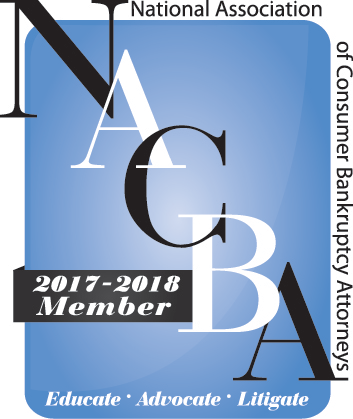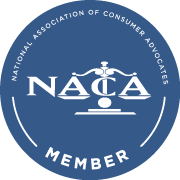This is the first in a series of posts regarding the alternatives to bankruptcy. The series will discuss debt consolidation, debt settlement, mortgage modification, and debt management programs.
What is Debt Consolidation?
Debt Consolidation involves taking out one larger loan to cover two or more smaller debts. This can be done through a personal loan, balance transfer, or a home equity loan. The original loans are paid off immediately and then you owe a single payment towards the new loan. Debt Consolidation often helps with convenience in making one payment, reducing interest rates owed, and possibly lowering the monthly payment through an extended term on the new loan. However, there are several things to watch out for with debt consolidation, including who should consider it and how to avoid pitfalls. Avoiding pitfalls will be addressed in the second post on this subject.
Who Should Consider Debt Consolidation?
Debt Consolidation may be a good option for you if you are able to make your monthly payments on time each month, but would like to eliminate multiple payments and pay down your debt faster. Debt Consolidation does not necessarily lower the amount of debt you have – you’re not negotiating with the credit card companies or creditors to pay less – you’re just paying them off right now instead of over the next few years, so the ability to continue paying on the new loan is important.
If you have any equity in your home, sometimes a line of credit secured by your home may result in a much lower interest rate and payments. However, there are several pitfalls involved with choosing this option, including hidden fees and changing your unsecured debt to secured debt. These pitfalls will be outlined in the second post on this subject.
Student loans are often a good debt consolidation candidate, especially if your student loans are through the Federal Direct Loan program. Instead of having several smaller loans, you can combine your federal student loans in to one monthly payment. There are a few things to be aware of when consolidating student loans, especially the interest rate and the flexibility involved with repayment on student loans. Both will be discussed in Part 1B.
This is just a basic overview of debt consolidation and is not legal advice specific to your situation. If you are considering bankruptcy or alternatives to bankruptcy, you should speak with an attorney in your area for legal advice.

